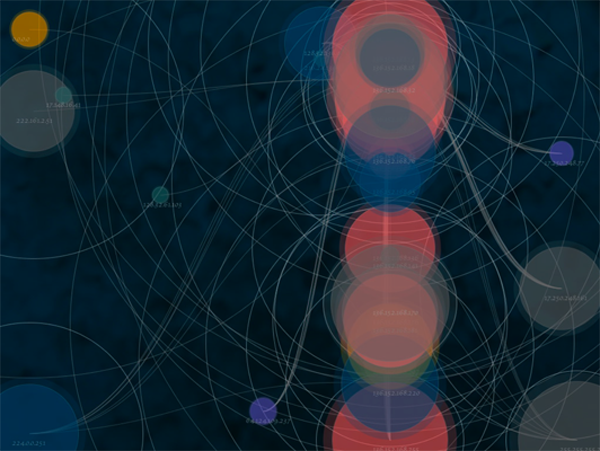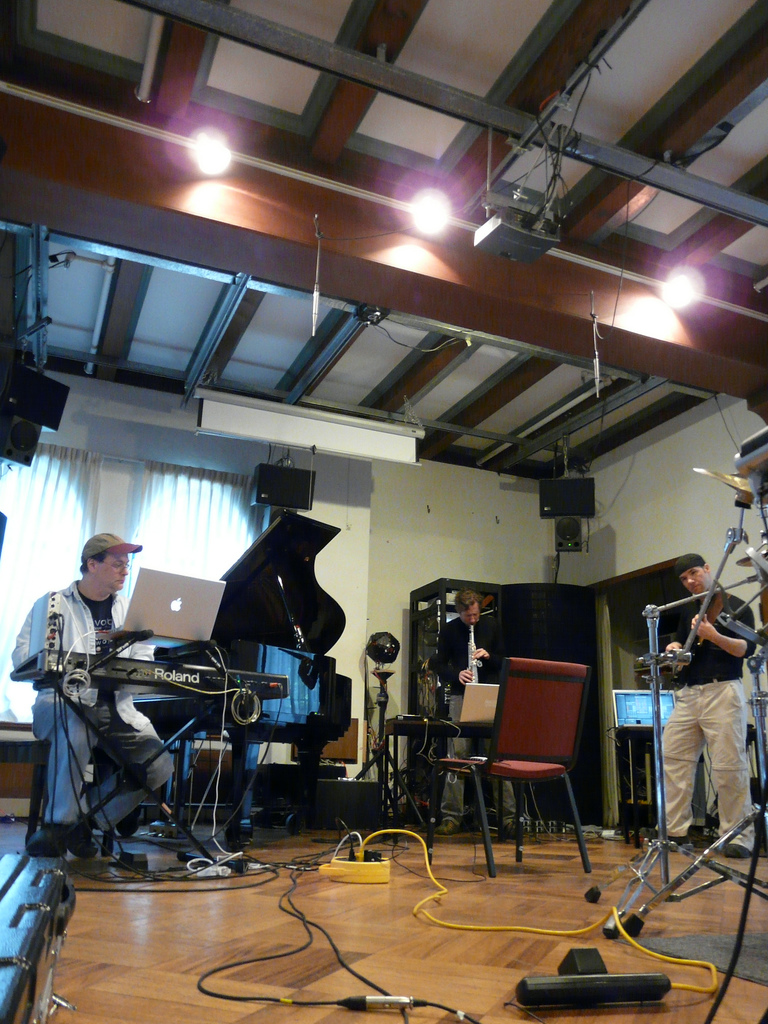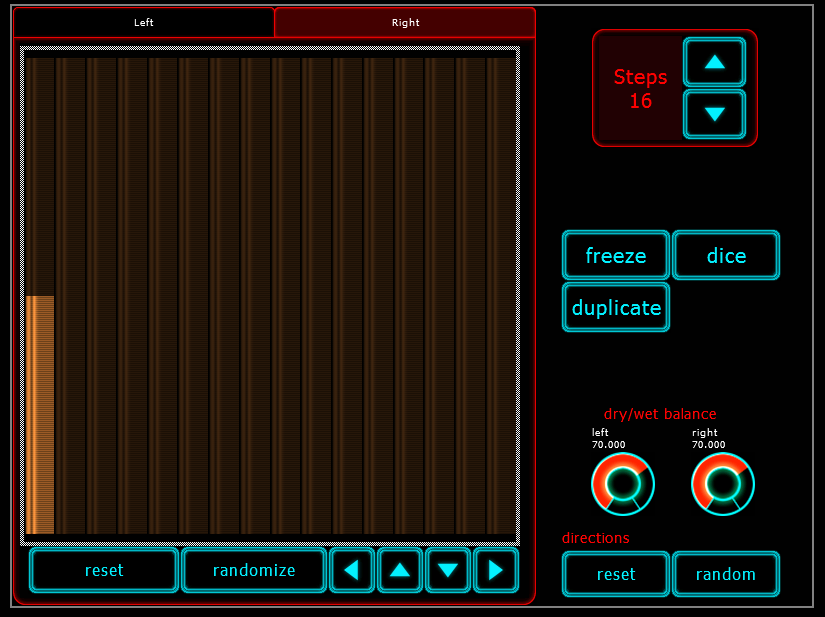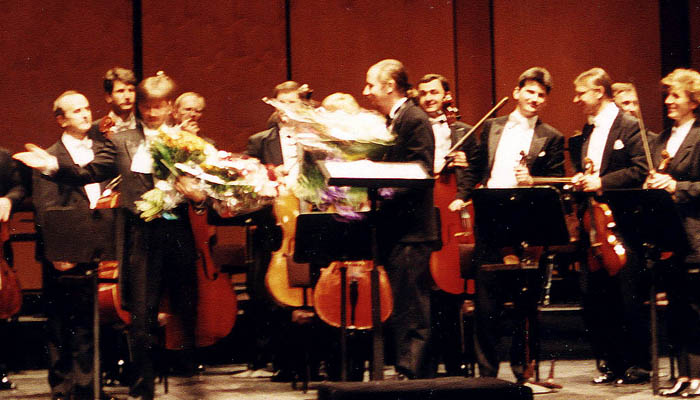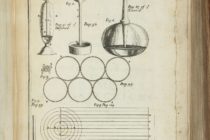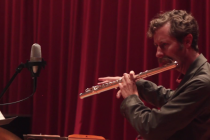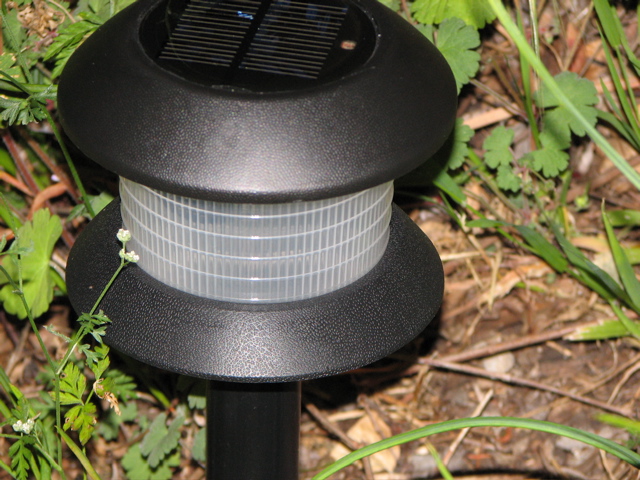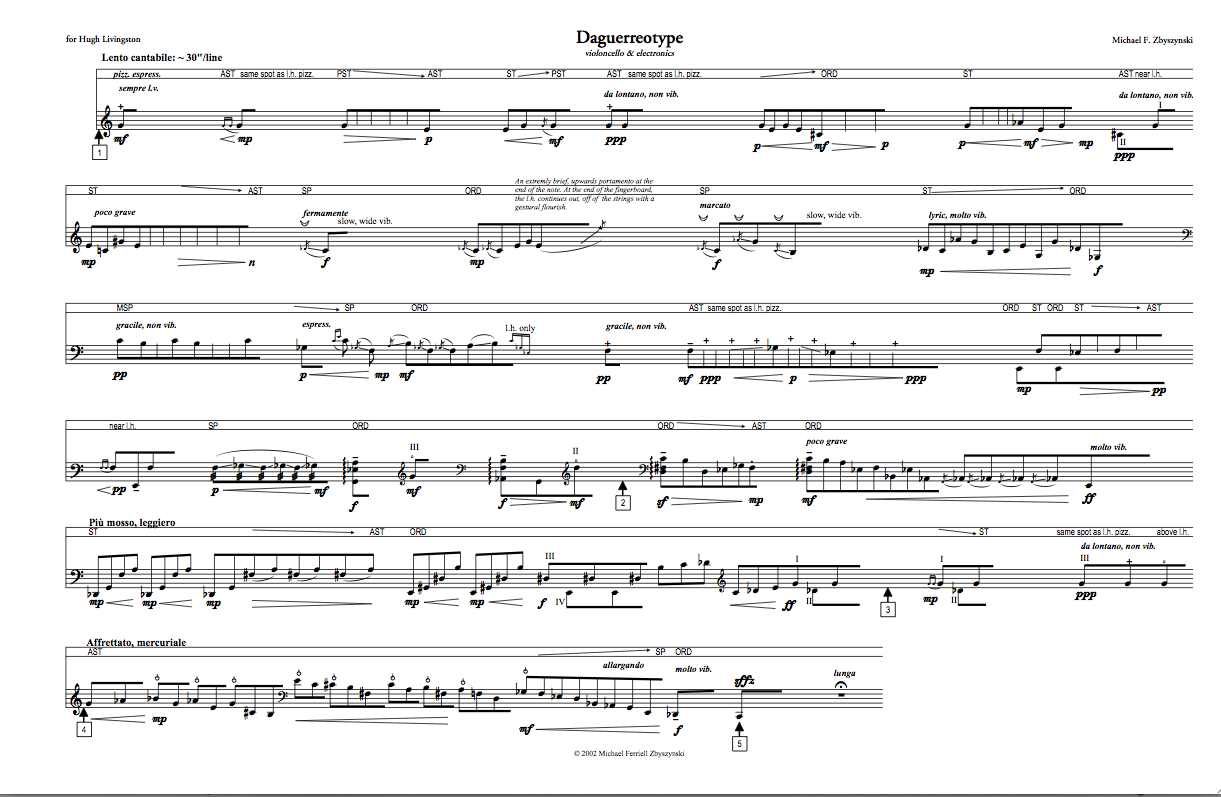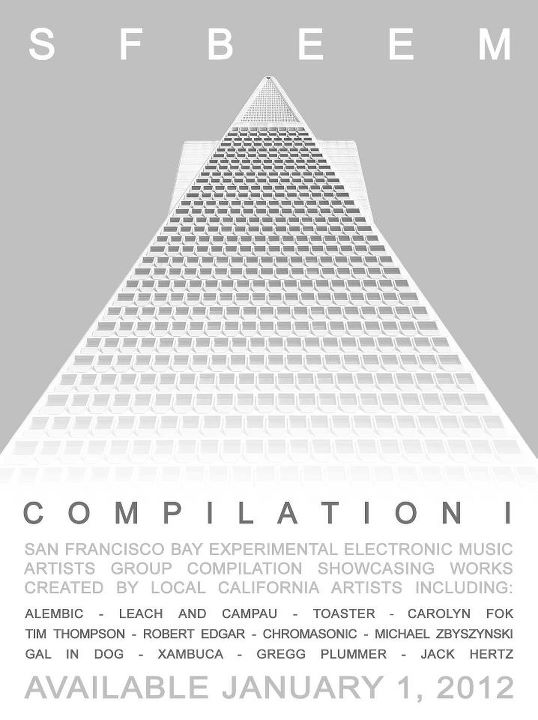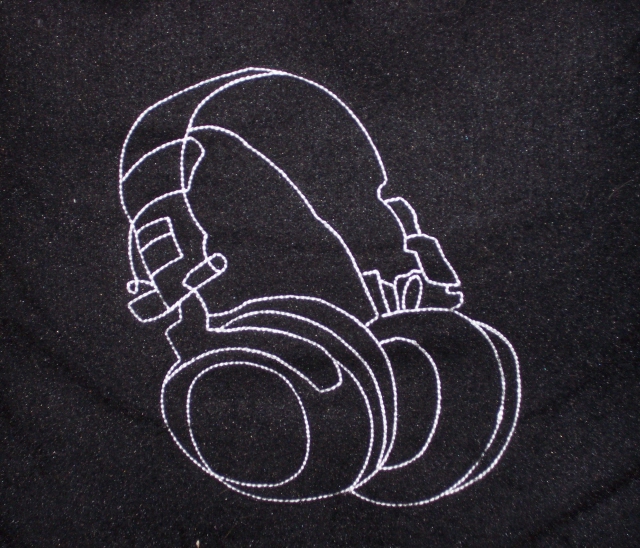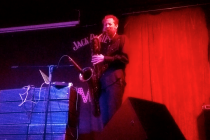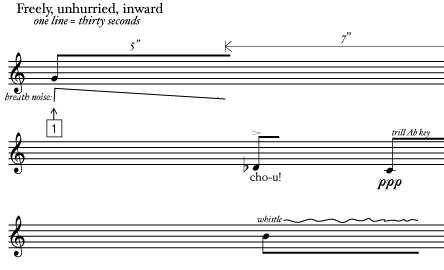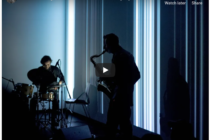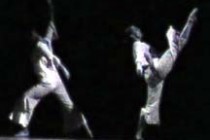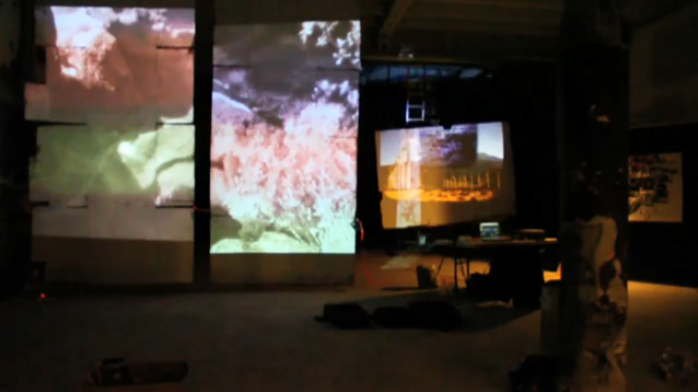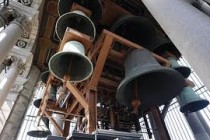soprano/tenor saxophone & orchestra
“A labyrinthine man never seeks the truth, but only his Ariadne.” – Nietzsche
Labirynt views Baroque concerto form through a distorting lens. The piece itself is a labyrinth, and the historical idea of concerto (from Latin concertare) is the golden thread that guides the listener to the center. Its three sections are analogous to the movements of a traditional concerto. The piece begins with an orchestral episode, in which the contrabassoon and low strings present an augmented version of a theme. The theme is introduced by the soloist — tenor saxophone in this section — accompanied by clarinets and percussion. The orchestral episodes undergo a process of rhythmic compression, the theme is presented polyphonically and builds to an orchestral tutti, exhausting itself and leading into the second section.
The world of the first section is rhythmic; the second section is melodic and timbral. To this point, pitch material had been derived from a two-octave “scale,” and this material continues on the slow background layer. The brass introduce a new harmonic layer: sonorities derived from spectral analysis of saxophone multiphonics or from frequency modulation spectra involving the axial pitches of the piece (G and F#). The soloist, now playing soprano saxophone, charts a melodic path between these two layers, creating a series of melodic variations punctuated by brass chords. Each variation is shorter; eventually the formal alternation becomes the surface and leads to a cadence on one inharmonic spectrum. The soloist begins again with the theme of this section, as the orchestra moves into the final section.
Like the first section, the final section approaches the theme from a distance. Eventually, the elements found in the high-pitched outbursts at the beginning of this section will coalesce into the tutti which appears in measure iii.103. This coming together displaces the soloist; if the concerto is a contest, then in this case the soloist loses (meeting the Minotaur at the center?). A facetious fugue ensues, gradually losing energy. The soloist attempts to reassert himself in a late cadenza, but the music disintegrates in his hands, leaving a melodic dust of hockets and imitative gestures.

